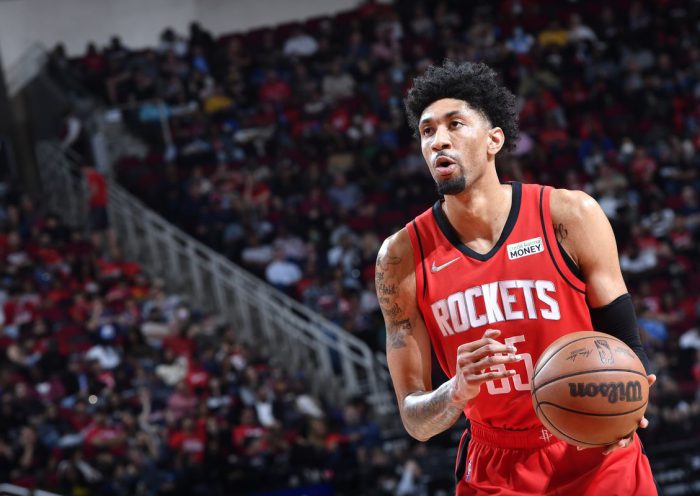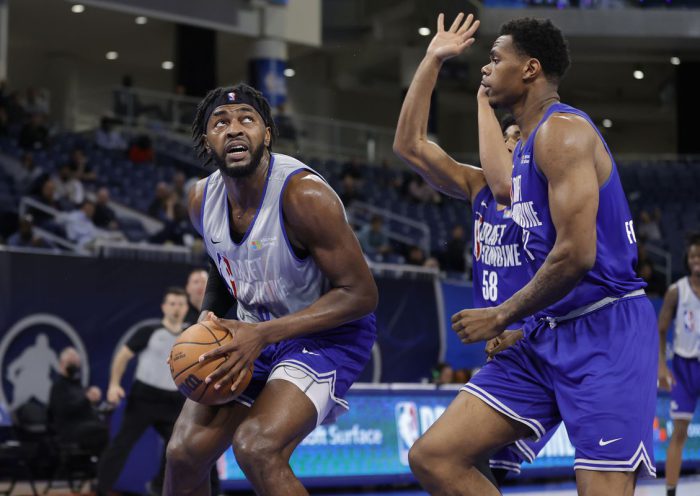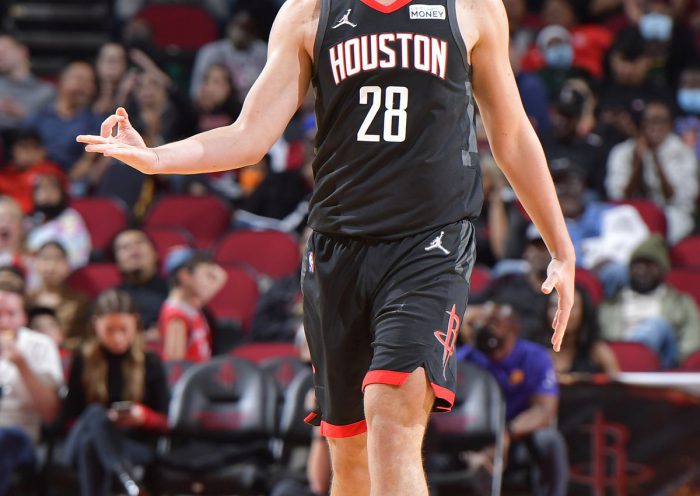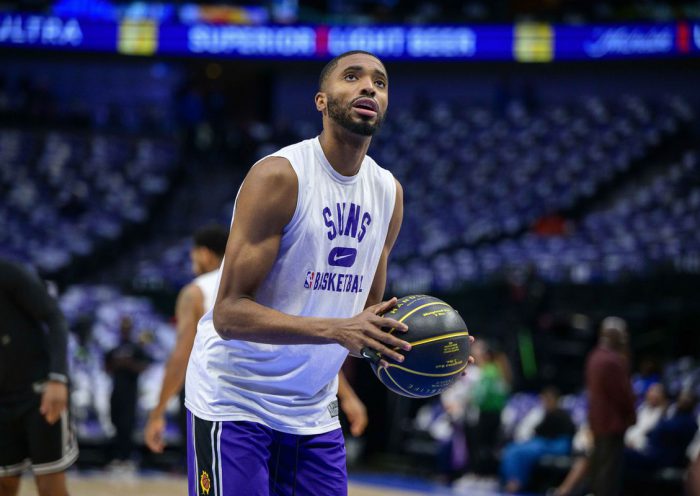authentic Golden Edition Diamond Logo 2021/22 Swingman Jersey – Black MenAssessing Scouting Accuracy For The Last 20 Years (Part III)
Welcome back to the exploratory series on recruiting rankings gathered by RSCI!
If you missed the two prior parts, fear nothing. Here is a quick recap of the introduction so you don’t feel lost.
What I’m aiming with this series is to get a better sense of how different scouting services have fared in terms of ranking the Top-100 prospects of each of the last 20 classes of hoopers around the nation coming out of high school. For that, I’m using a database based on data from the Recruiting Services Consensus Index (RSCI), which gathered information from multiple scouts and generated composite rankings of recruits for each year. On top of that, using information coming from Basketball-Reference.com, I have access to the Win Shares produced by each player that eventually reached the NBA.
Just armed with that information we can quickly see how rankings and proLonzo Ball Jerseysduction align, and even generate some metrics such as the simple “Prospect Value (PV)” metric I introduced in the first chapter. It just puts together the ranking of prospects and their production in order to find high-ranked busts or low-ranked diamonds. The higher the PV of a player, the more underra phoenix suns booker jerseyted he was back in the day suns valley jersey chris paul by scouts.
With all that said, let’s keep surfing the RSCI recruiting data to answer more and more questions!
Is every Top-100 prospect a one-and-done, or do most of them play for more than a year in the NCAA?
Although it has escalated quickly lately, the one-and-done phenomenon wasn’t as prominent as it is today back in the early aughts. The presence of coaches such as John Calipari in the collegiate ranks has fostered this one-year culture for prospects. No wonder, though, given both the success of teams as the Wildcats on a yearly basis and the fact that even if they don’t win a championship on their lone year in college, most prospects opt (wisely) to take advantage of their position and enter the draft after the only season which served to improve their stock in the eyes of NBA scouts.
That makes one wonder if the top-ranked prospects coming out of high school are those that also spend the least possible time playing on D-I colleges to jump to the pros as soon as they can, or if that is not the case.
Although the data set doesn’t incluNBA Vintage Clothingde the number of seasons each player spent in the NCAA, we can calculate a quick proxy easily. Just take the player’s recruiting class, and subtract it to the year they were drafted (obviously, that only works for drafted players, not for those that entered the NBA as undrafted free agents).
There are 507 players ranked that attended an NCAA D-I devin booker black suns jersey college and were later drafted, having spent between one and five years in the collegiate ranks. Here is the breakdown of years spent on the NCAA on average by tiers of 10-to-10 ranked prospects (No. 1 to No. 10, No. 11 to No. 20, and so on):
The results don’t come as a surprise. The best-ranked prospects spent less time playing college ball. Those ranked lower down the class almost always play more than a season in the NCAA. Actually, only Top-10 prospects have an average lower than two-years of collegiate level playing experience.
Of the total 507 players that attended an NCAA college, 369 (73 percent) played (or stayed) at least two years in the suns finals jerseysir place of choice before jumping to the NBA through the draft. In the last five years, though, and highlighting the current one-and-done trend, only three players have been ra Nike Phoenix Suns #22 Deandre Ayton Men 2021 NBA Finals Bound Swingman Association Edition Jersey White Mennked in their class’ Top-10 and spent more than a year in the NCAA (Ivan Rabb, Justin Jackson, and Miles Bridges). On the other hand, 44 Top-10 recruits took the one-and-done route to the NBA in the same time frame.
Who are some underdog-prospects that took the one-and-done approach?
As we have seen, it is common to find non-top-tier recruits spending more than a year in the NCAA honing their game and raising their stock prior to declaring for the NBA draft. It is normal. They improve their abilities, get stronger, build their bodies, get ready to play older players and allow NBA teams to better asses their value.
That doesn’t mean there haven’t been one-year-wonders since RSCI started to gather data in 1998. One simple way to find those hidden gems that were undervalued by scouts when exiting high school is to use the Prospect Value metric I introduced in the first part of the series. I’m looking for low-ranked prospects whose PV is high (that is, they produced great Win Shares numbers in the NBA while being lowly ranked in their recruiting classes) that only played NCAA ball for a year. To level the field in terms of years spent in the NBA, I just divided the total PV of each player by their years of NBA experience, thus giving a PV/Yr metric.
Looking only at payers that have 5+ years of NBA experience, these are the Top-10 in terms of PV/Yr since 1998:
No one can say Eric Bledsoe didn’t win betting on himself after playing one year at Kentucky before putting his name in the 2010 draft. He was ranked No. 52 in the 2009 class, yet he made the most out of it. DeAndre Jordan and Bill Walker dropped to the second round of their respective drafts, although they ended up having productive careers.
When looking at prospects with four-or-fewer years of experience (those excluded from the last query to avoid outliers expected to regress to the average in future seasons), there are two cases that go over the top:
2016 No. 72 Lauri Markkanen: He played one year for Arizona in 2017 before declaring for that year’s draft. Even with his low ranking, he was able to improve his stock so much that Chicago picked him with the 7th pick and he’s got a staggering PV/Yr of 109.8, the highest of any one-and-done in the data set while being the lowest-ranked prospect.2015 No. 71 Jamal Murray: Ranked only one spot behind Markkanen (although two years prior), Murray is the second-loweDemar Derozan Jerseysst prospect in the data set to exploit the one-and-done route. No wonder his coach, Calipari at Kentucky. Another 7th pick, this time by Denver, Jamal Murray has a PV/Yr of 94.67, third-best among all one-and-done players.
Only one more player other than the already discussed Bledsoe, Walker, Markkanen and Murray was ranked out of the Top-50 and successfully made it to the NBA viaNBA Pet Gear draft while only playing one year at college: Marquese Chriss (0.8 WS/Yr in 3-years pro). His story, though, looks more like that of Bill Walker (0.7 WS/Yr in 7-years pro) than the other three.
Which one-and-dones made the jump a little barkley phoenix suns jerseyto early and flopped at the professional level?
The answer to this question would yield the names of those that unwisely bet on themselves when they clearly shouldn’t, as they weren’t as good or as ready as they probably thought they were.
Since the NBA blocked the way for high school players to jump straight from prep school to the pro ranks, more and more prospects have tried to have a short spell playing in the NCAA circuit to declare as soon as possible for the NBA draft and start getting some income. Sadly, that has put some immature and not-yet-ready players in the spotlight and made a fool out of a bunch of NBA front offices while assessing those players’ abilities.
Again leaving out players with less than five years of experience to avoid outliers, here are the less productive one-and-done NBA players in terms of WS/Yr:
While it can be argued that Bill Walker (2007 No. 69), and even Jamal Sampson (2001 No. 23) or Shawne Williams (2005 No. 27) maybe took the jump a little early given the expectations by the position they ranked at, the rest of the players were all among the Top-20 players of their classes.
No NBA franchise drafted two of those players, but some burned a hDwyane Wade Jerseyseavy asset when picking one or the other. Two teams, Cleveland and Atlanta, drafted Dajuan Wagner and DerMarr Johnson respectively with the 6th pick. The next highest draftee of the group was Xavier Henry by Memphis with the 12th pick in 2009.
Although not in the list, Portland spent the first pick of 2007 in Greg Oden (1.2 WS/Yr) and Miami used the second pick on Michael Beasley (1.4 WS/Yr) one year later. Not the best talent (or health) assessment there.
As for recently drafted players, it looks like Josh Jackson (fourth draft pick by Phoenix in 2017) could turn to be a headache and a bad decision in due time. Same goes for Malik Monk (drafted by Charlotte with the 11th pick) and Markelle Fultz (first pick of the 2017 draft by Philadelphia), who for one reason or another probably won’t live up to the expectations given when scouts ranked them as they left the high school level of play.



